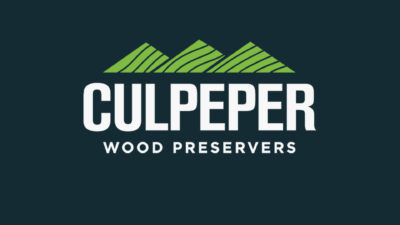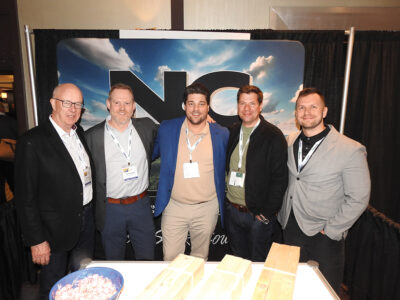There is some remarkable news to share for the countless professionals who work in the design, architecture, construction, fire service, and code enforcement space, especially those who rely on standards for the design of wood members, assemblies and connections.
After nearly seven years of AWC convening meetings, collaboration and consensus building, the American National Standards Institute (ANSI) approved the Fire Design Specification for Wood Construction (FDS) as an American National Standard. Officially designated as ANSI/AWC FDS-2022, it is essentially the authoritative, one-stop shop resource for all the provisions for the fire design of wood members, assemblies and connections needed to meet the current code requirements.
While this development may have flown under a few radars in the design, fire, code and wood products industry, it’s important for a variety of reasons.

The new FDS serves to consolidate different design provisions that were scattered across a spectrum of design manuals, design aids and design standards. The work over the last seven years to produce the FDS brought all of those provisions under one roof, making it easier and more efficient for designers, architects, fire service officials and code officials to find exactly what they need to ensure wood-frame and mass timber buildings meet the highest standards for fire safety.
In addition to bringing together existing provisions for the structural design of unprotected wood members exposed to a standardized ASTM E119 fire exposure currently contained in the National Design Specification® for Wood Construction, the FDS also provides calculation procedures to address the added fire resistance and thermal benefits of protection provided by use of additional wood cover, gypsum panel products, and insulation. Calculation provisions have been developed to provide standardized methods of calculating thermal separation and burn-through as required in ASTM E119 and as provided in AWC’s Technical Report 10: Calculating the Fire Resistance of Exposed and Protected Wood Members (TR10).
From the building code perspective, AWC maintains four other ANSI-approved standards that are referenced in the building codes, and the expectation is that the FDS will follow suit. Getting ANSI approval as an American National Standard is a step beyond the minimum requirements of consensus standards being recognized in the building code development process, but does provide evidence to regulators that all steps in the consensus process were followed.
Development of a standard under a consensus process provides transparency and ensures the opportunity for meaningful participation by all groups that are affected. A true consensus process also has procedures to ensure balance, consideration of dissenting views and a process for appeals. ANSI is the coordinator of the U.S. standards process and provides strict objective requirements for accreditation of organizations, such as AWC, following those processes. The ANSI process for establishing new standards sets the requirements, specifications, guidelines or characteristics that can be used consistently to ensure that materials – in our case wood building products – are fit for the purposes for which they are designed. In other words, standards are an agreed-upon formula for the best, safest way of doing something.
It’s also important to recognize what an incredible achievement this represents for AWC and the wood products industry. AWC facilitated countless hours of technical and logistical discussions between technical experts from a variety of organizations to make this happen. The bottom line is this consensus-based standard is a significant, game-changing development in how the building, fire safety and code enforcement industries manage fire risk in the design of wood construction.
For AWC, it’s a point of pride to help the building community achieve safe occupancy when building with wood, and we couldn’t be more satisfied with the results. The FDS-2022 is available for free download on the AWC website: awc.org/codes-standards/publications/fds-2022.









